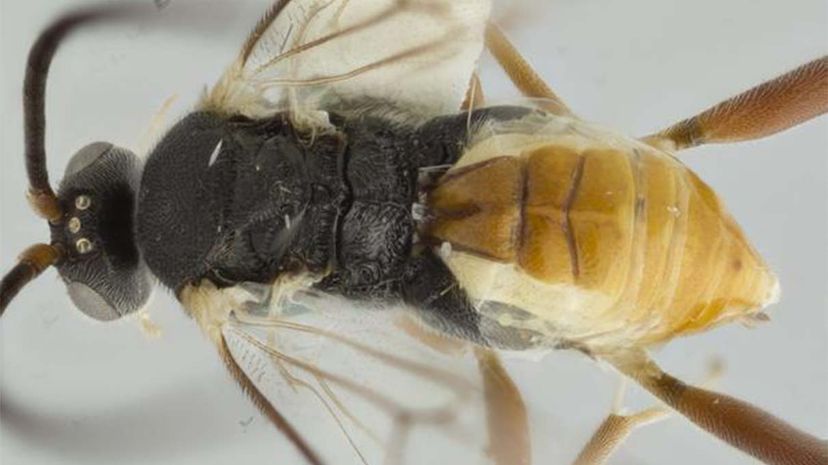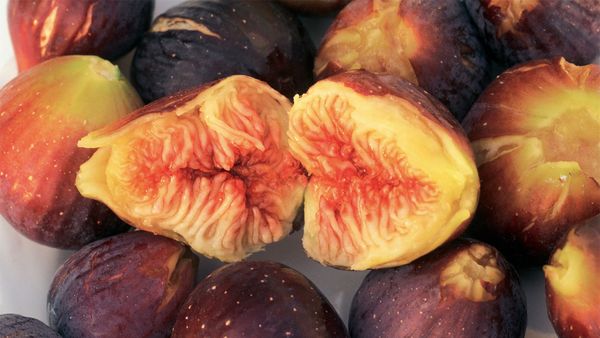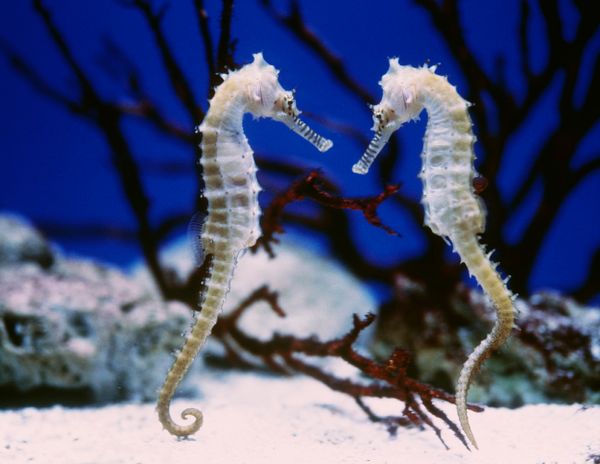
We've all got to eat, but we don't always want to know how the sausage is made. This is perhaps especially true for a group of wasps called Microgastrinae — as many as 10,000 species could make up this subfamily (although fewer than 3,000 have been described), and all of them have the charming strategy of laying eggs in an invertebrate host so their babies can gnaw their way out of its still-living carcass. Yikes.
A study published in the June 25, 2018 issue of the Journal of Hymenoptera Research describes three particularly barbarous Australian parasitoid wasps. The first has been named Dolichogenidea xenomorph by the authors, after the abdomen-bursting creature from the 1979 film "Alien" — the movie aliens are called "xenomorphs," which translates to "strange form" in Greek. These sleek, black insects were reportedly the inspiration for the cinematic extraterrestrials that gave us all parasite phobias if we didn't already have them.
Advertisement
"At less than 5mm [0.20 inches] in length, Dolichogenidea xenomorph might seem to lack the punch of its fearsome namesake. But size is relative; to a host caterpillar, it's an awesome predator," said lead author Erinn Fagan-Jeffries, a Ph.D. student in the University of Adelaide's School of Biological Sciences, in a press release.
Each of the wasps described in the paper is equipped with a long ovipositor — basically an egg syringe — that's used to pump eucalyptus-munching moth caterpillars full of dozens of its babies-to-be. The eggs hatch inside the host's body and, over the next few weeks, the larvae devour it from the inside out. But the caterpillar doesn't always die right away. Sometimes the wounded host becomes a sort of zombie bodyguard for the baby wasps, shooing away parasites that might want to infect the larvae themselves. It's hard out on these streets.
These three wasps are just a few of the hundreds of similar Australian species yet to be described.
"We collected over 500 wasps from a particular subfamily, from all over Australia, and determined that there were more than 200 different species just in that relatively small number of specimens," said Dr. Andrew Austin, of the University of Adelaide's Australian Centre for Evolutionary Biology and Biodiversity in the press release. "There are currently only 100 species described in this subfamily for Australia, so we've at least doubled the number of known species. It's important to document our biodiversity so that we can make informed conservation decisions about our environment. Some of these wasps may potentially be useful biological control agents for pests, but we just don't know about them yet."
Those agricultural pests don't even know what's coming. We wish them luck.
Advertisement


